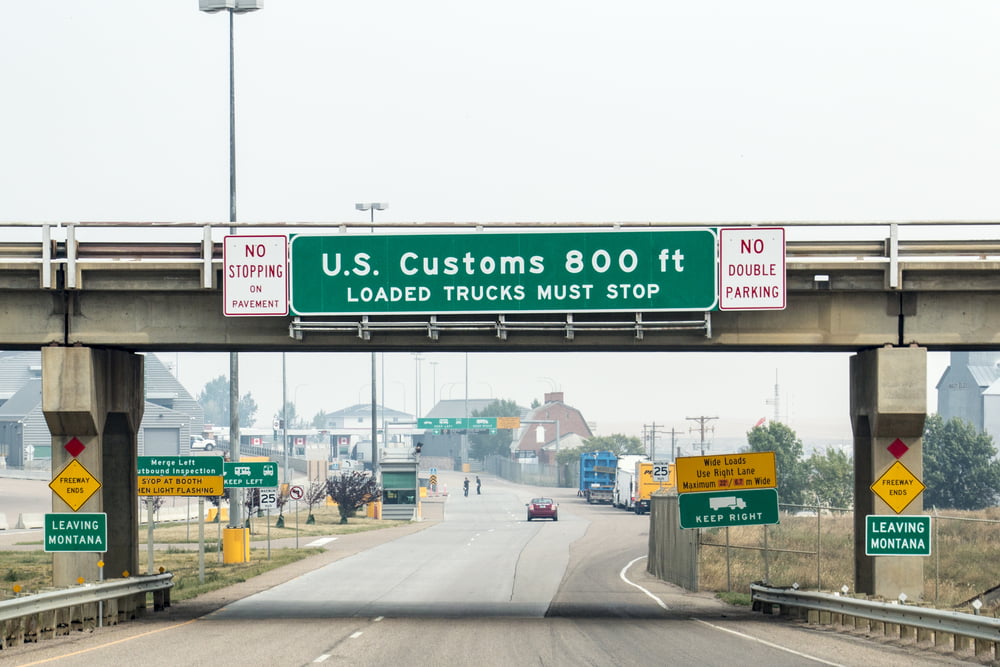Any decision made by the Department of Homeland Security will be scrutinized, for obvious reasons. Earlier this week, the agency announced it plans to introduce technology capable of performing facial recognition of foreign nationals wherever people cross the US border by car. It’s an interesting decision, although there is sure to be a lot of negative feedback.
DHS is a fan of Facial Recognition Technology
No one is surprised to learn the Department of Homeland Security wants to keep close tabs on who exits and enters the United States. More specifically, the agency plans to use facial recognition for this purpose, as it aims to introduce this technology near US border crossings for cars. On paper, the agency hopes to ensure that the people who leave the US are the same people who enter it, and vice versa.
Although this technology has not been approved for use just yet, the concept itself isn’t being received too well by privacy advocates right now. The DHS’s Silicon Valley outpost has organized an “Industry Day” for less than two weeks from now, the main objective of which is letting people suggest ways for Customs and Border Protection officers to scan people’s faces. This will not be your run-of-the-mill facial recognition technology either.
More specifically, the DHS is paying special attention to solutions which scan faces regardless of whether subjects are wearing sunglasses or hats. Moreover, it is desired that anyone looking away from the camera will be identifiable regardless. It will be interesting to see what types of solutions will be put forward and whether or not the US government will approve them. Given the agency’s track record in using biometrics for “national security purposes”, it is highly doubtful the concept will be approved without a hassle.
To put this into perspective, DHS has been using biometric technology for its “overstay” reports. Anyone who overstays a visa must be identified and removed from the country as quickly as possible. Using biometric technology makes a lot of sense in that regard, although the DHS has a troubled track record in this area. More specifically, the current reports are incomplete, which leads to far more problems than they were designed to solve. That’s not the best situation by any means.
While it is commendable that the DHS wants to use modern technology to make America safer, the new measures shouldn’t be implemented without a hitch. Biometrics are of keen interest to this agency right now, by the looks of things, even though it remains to be seen how things will play out in this regard. Border checkpoints are a major security risk without proper measures to ensure that people who leave or enter should be there to begin with. Facial recognition technology is a logical choice for this specific purpose.
It remains to be seen if and when this new technology will be implemented exactly. More scrutiny for tourists and border crossers could work out in either a positive or a negative manner, to say the least. Only time will tell whether or not the DHS is on the right track in this regard. Moreover, it remains to be seen which version of facial recognition will be implemented in the end, if any. Privacy advocates will certainly have their opinions regarding this development, which is only to be expected.

